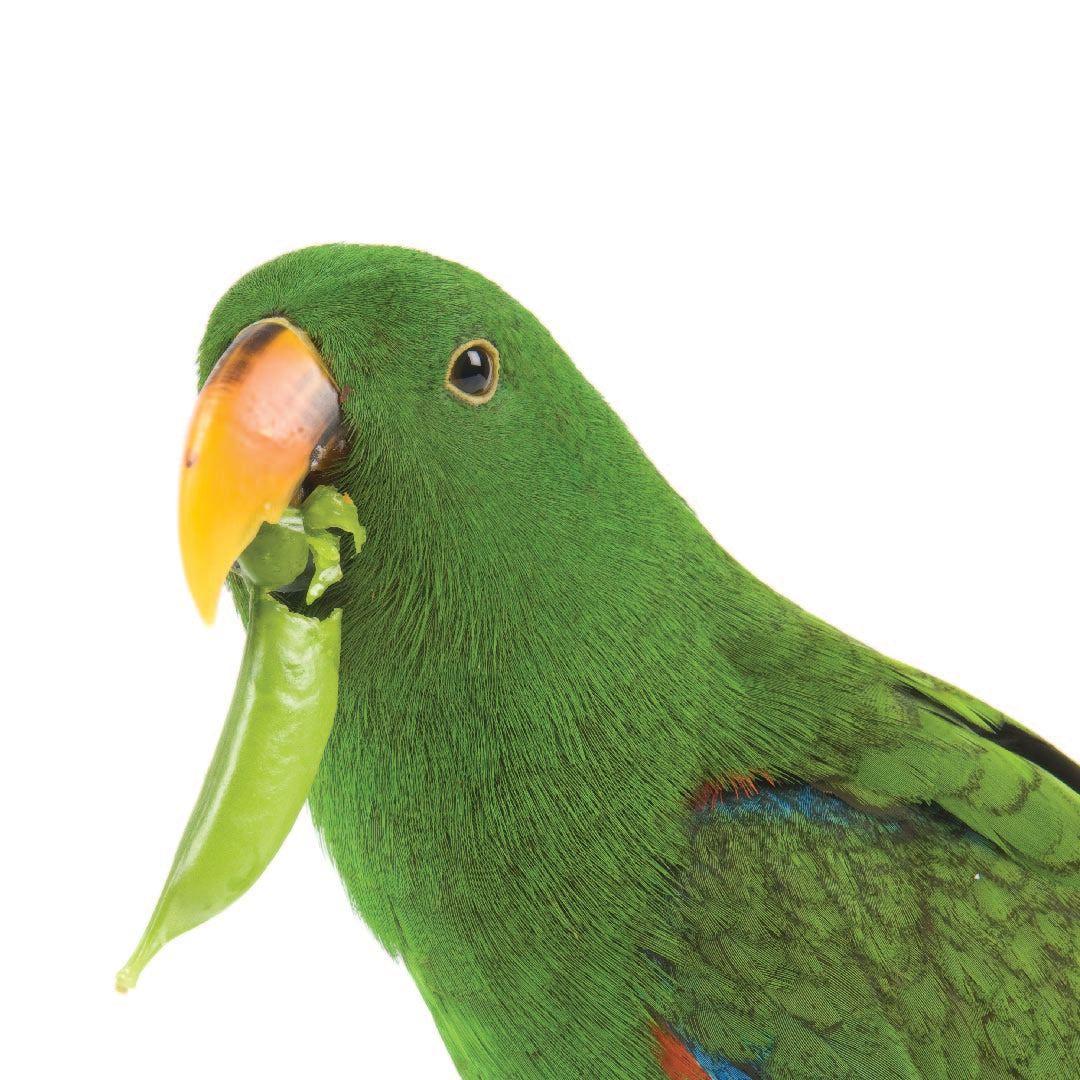Parrots, with their lively personalities and intelligent nature, often exhibit playful behaviors that captivate their caretakers. One intriguing behavior commonly observed in parrots is their tendency to play with their pellets. While it may seem puzzling at first, there are fascinating reasons behind this playful behavior. In this blog post, we delve into the world of parrot behavior and explore why these intelligent birds engage in playful pellet manipulation.
Parrots playing with our Nature’s Nest pellets is a compliment to us as a bird food manufacturer. We prioritize texture over taste, ensuring an engaging eating experience. When parrots play with the pellets, it shows their natural curiosity and enjoyment of different textures. Rest assured, they are not rejecting the food but savoring the textures we’ve crafted. We take pride in nourishing both body and mind, fostering a healthy and fulfilling relationship between parrots and their food.
The Significance of Pellet Play:
1. Sensory Stimulation:
Parrots have highly developed senses, and their playful behavior with pellets provides them with sensory stimulation. Texture plays a significant role in their enjoyment of food. The act of biting, manipulating, and breaking apart the pellets allows them to experience different textures, which can be highly exciting and engaging for them. The resulting crumbs or powder in the bowl are not an indication of parrots rejecting the pellets but rather a consequence of their exploration and interaction with the food.
2. Natural Foraging Instincts:
In the wild, parrots spend a considerable amount of time foraging for food. Their playful pellet manipulation is an expression of their natural foraging instincts. By engaging in these behaviors, parrots mimic the actions they would perform in their natural habitat, such as cracking open shells or breaking apart food items to access the nutritious contents inside. The playful interaction with pellets allows them to satisfy their innate foraging needs, keeping their minds active and engaged.
3. Enrichment and Mental Stimulation:
Parrots are highly intelligent and require mental stimulation to thrive. Playing with their pellets provides a form of enrichment that keeps their minds engaged and prevents boredom. This behavior allows them to exercise their problem-solving skills, hand-eye coordination, and dexterity. The challenge of manipulating the pellets and exploring their texture adds a stimulating element to their daily routine, promoting a sense of fulfillment and well-being.
Addressing Parrot Playfulness and Texture Preferences:
Understanding the reasons behind parrot pellet playfulness can help parrot owners respond appropriately and ensure their birds’ overall well-being. Here are some suggestions to address this behavior and cater to parrots’ texture preferences:
1. Provide Variety in Pellet Textures:
Consider offering a variety of pellet textures to cater to your parrot’s preferences. Some parrots may enjoy pellets with a harder texture that requires more manipulation, while others may prefer softer pellets that are easier to break apart. Nature’s Nest offers a range of pellet options, allowing you to experiment and find the texture that excites and engages your parrot the most.
2. Incorporate Foraging Opportunities:
Parrots are natural foragers, and providing opportunities for foraging can help satisfy their instinctual needs. Consider introducing foraging toys or puzzle feeders filled with pellets. These interactive devices require the parrot to engage in problem-solving behaviors to retrieve the pellets, mimicking the challenges they would encounter in the wild. This not only adds mental stimulation but also provides a playful outlet for their pellet manipulation tendencies.
3. Portion Control and Scheduled Meals:
Another effective solution is to ensure that you are providing your parrot with the correct amount of food as per our feeding guidelines. It’s essential to follow the recommended portion size to meet their nutritional needs.
Additionally, you can try splitting the recommended amount into two smaller servings. Offer half of the recommended portion in the morning and allow your parrot to finish it. Then, in the afternoon, provide the remaining half. This approach can help prevent overeating and encourage your parrot to consume their food more readily.
By adhering to the recommended portion sizes and dividing the meals into smaller servings, you can promote healthy eating habits and ensure that your parrot receives the necessary nutrition throughout the day.
4. Monitor Nutritional Intake:
While pellet play is normal and beneficial, it is essential to monitor your parrot’s nutritional intake. Ensure that they consume an adequate amount of pellets during their playful interactions. If you notice excessive playing without adequate eating, consult with an avian veterinarian to ensure your parrot is receiving a balanced diet.
Conclusion:
The playful behavior of parrots with their pellets offers a fascinating glimpse into their unique world and showcases their intelligence and instinctual needs. By understanding the significance of pellet play, we can appreciate and encourage these behaviors.
Remember, if you see your parrot playing with Nature’s Nest pellets, it doesn’t necessarily mean that they are not eating them. Rather, it signifies their innate curiosity, sensory exploration, and fulfillment of natural instincts. By providing a range of pellet textures and incorporating foraging opportunities, you can enrich your parrot’s life, stimulate their mind, and strengthen the bond with your feathered companion. So, embrace and celebrate the joy of watching your parrot play with their pellets, knowing that they are engaging in a fulfilling and enriching experience.

